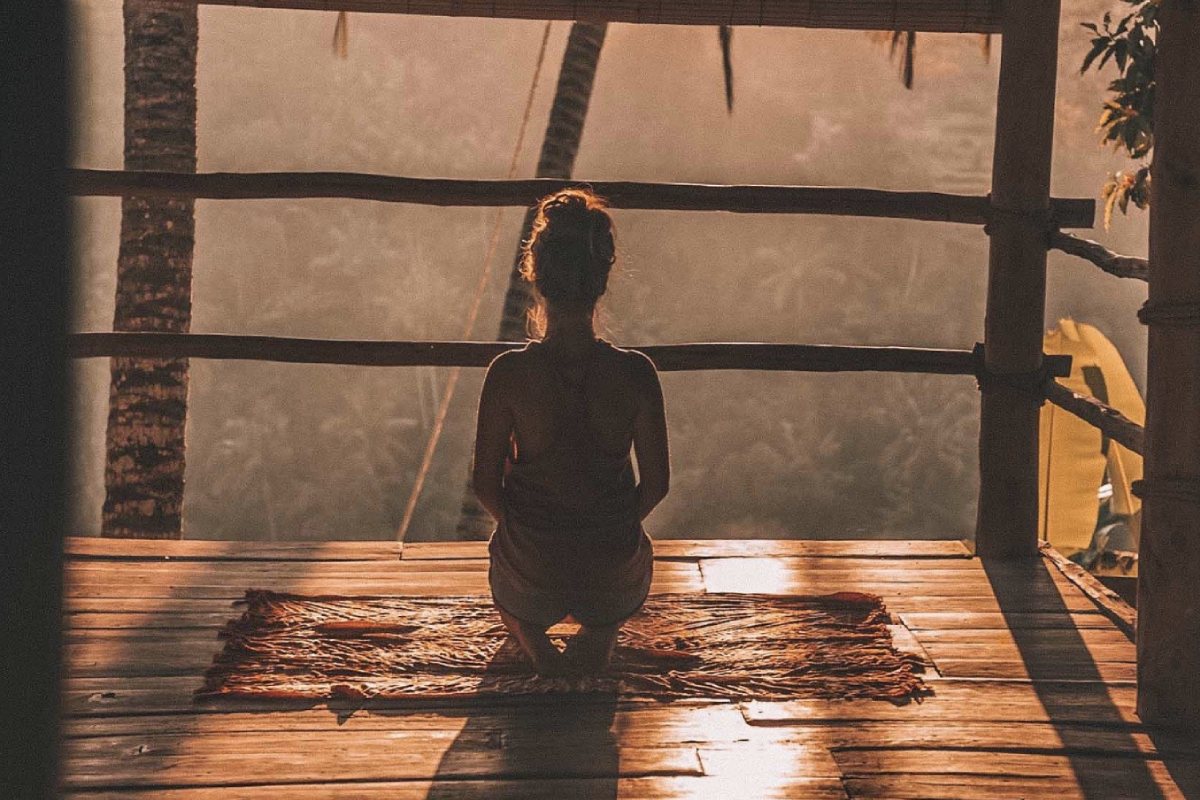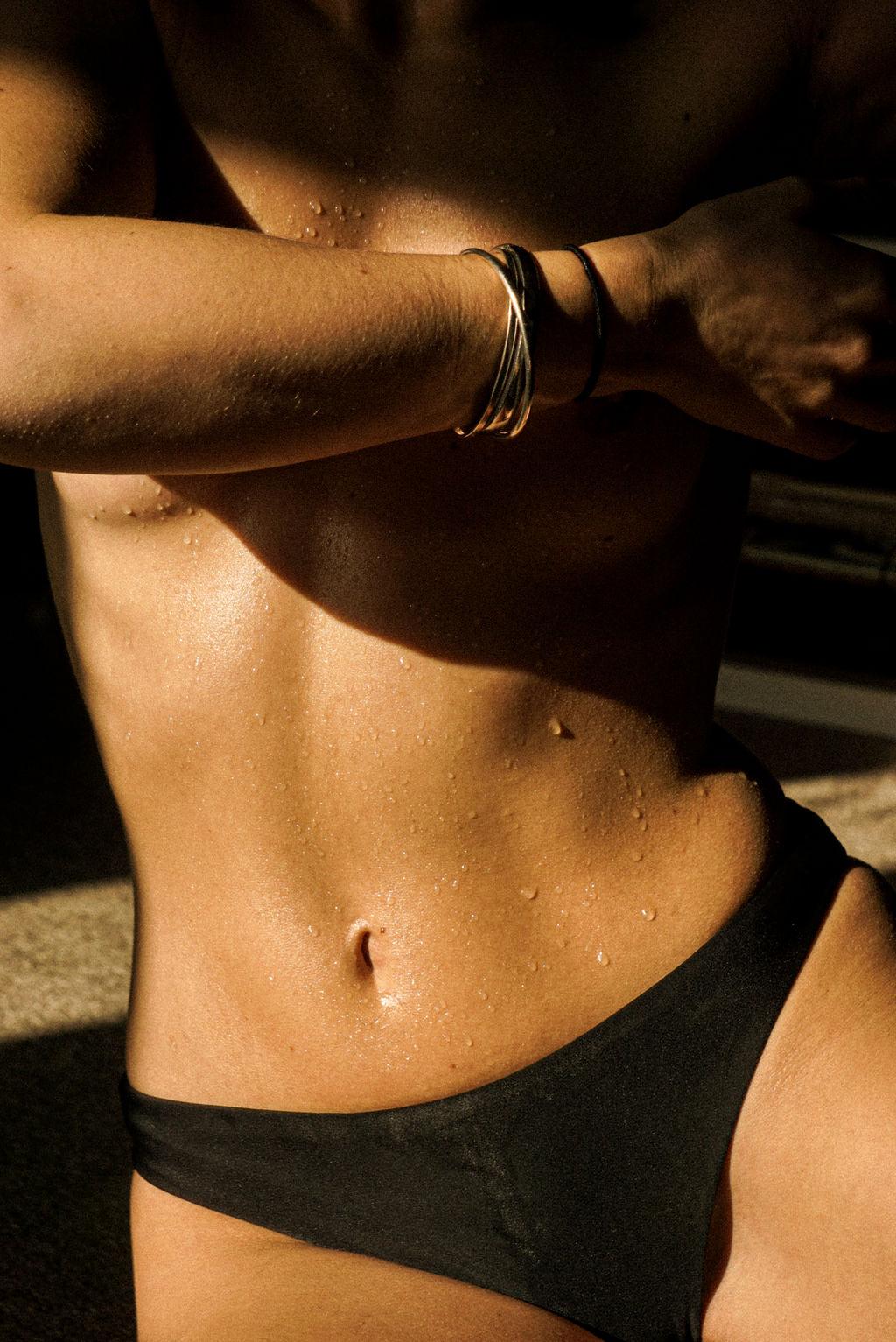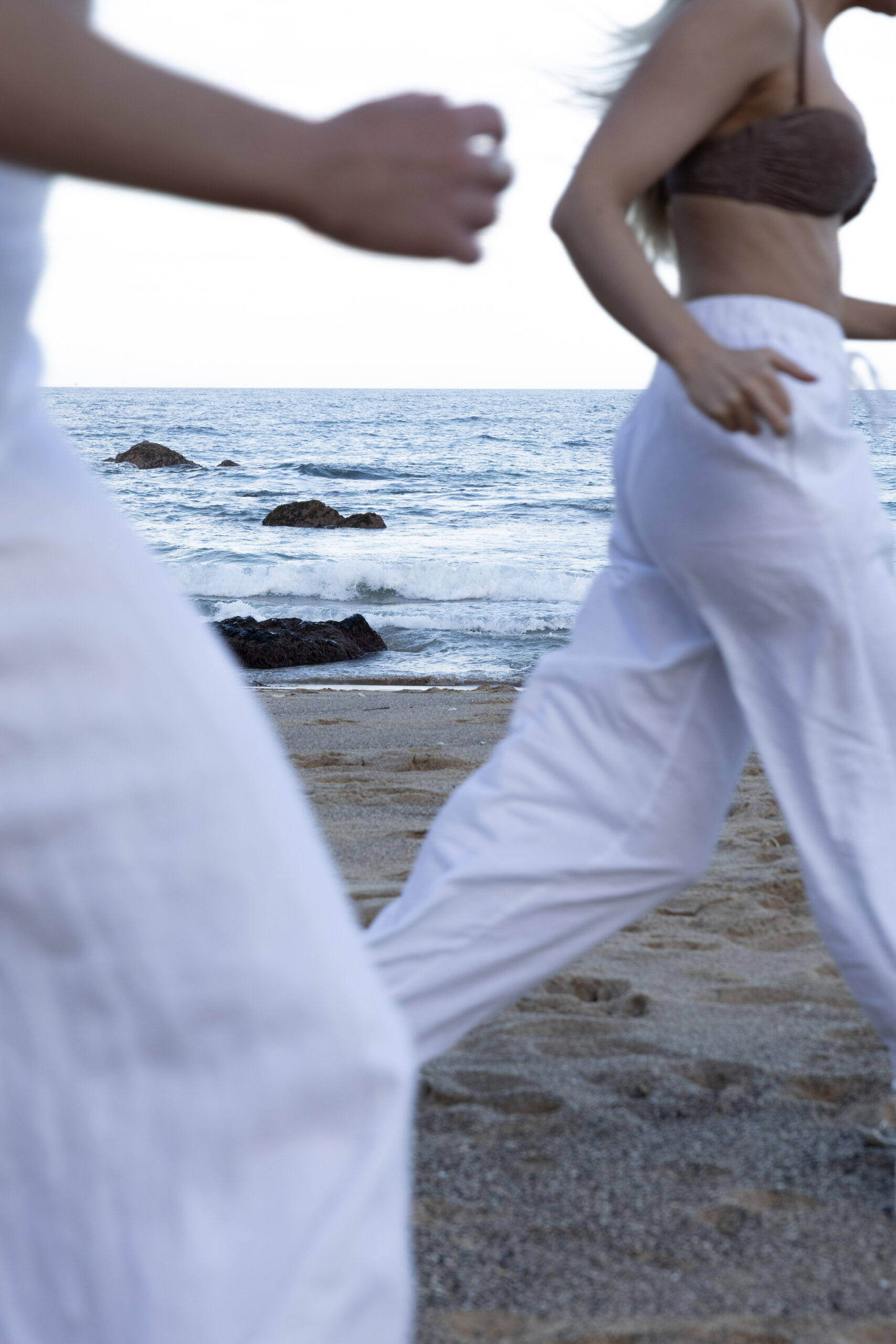THE TOP WELLNESS TRENDS FOR 2022
One of the largest growing industries in the world is Wellness: according to the Global Wellness Summit, the wellness industry is now worth US$4.5 trillion. People want information, guidance, products, and the best opportunities for a better life (and death). In the coming year, expect to see additional growth in these leading wellness trends:
Spiritual Wellness
Believing that there is a higher power than oneself through religion, or other pathways, is where spirituality comes into our lives. Finding our purpose in life and developing a deeper level of connection with our self is also part of spirituality. More than ever before, spiritual leaders from all faiths and beliefs are finding ways to focus on wellness in simple ways to include the importance of preventive health measures and incorporating programs such as Mindfulness and spiritual bootcamps.
Let’s face it, we’re living in stressful times. One way to combat the stress we feel is have a sense of self-worth, a focus, and purpose in our lives. As people continue to become more interested in finding ways to reconnect with their soul and spirituality there will be a continued trend in once-called ‘new age’ practices (now referred to as holistic practices). While far from being a new trend, a continuing hot trend is the incorporation of meditation, energy healing, and/or focused prayer. They are tried and true ways to regain calm, focus, improve one’s mental state, and overall wellbeing. Other holistic practices include shamanism, chakra balance, rebirthing, shadow work, and numerology.
Through practicing one of the many spiritual activities people can feel a boost in their emotional and mental wellness. If you find yourself intimidated by spirituality, there are many avenues to finding the right practice including YouTube, visiting cultural centers, churches or religious organizations, taking an online course, a variety of apps, or visiting your local library.
As an example, for those wishing to begin meditation, guided meditation is generally best. This allows one to focus your mind on what you are focusing on such as relaxing, forgiving, or re-energizing. A real trend in meditation is Transcendental Meditation or TM, which uses a form of mantra meditation practiced twice a day for twenty minutes each time. An extended amount of research shows that TM is effective for reducing stress and anxiety while boosting brain function.
Ice Baths
Have you considered an ice bath since its resurgence? If you’re wondering what the potential benefits are, there is good news about ice baths for people who regularly work out or are athletes.
To name a few benefits, immersing in a cold bath can simply feel good and relieve sore or tired muscles, hinder inflammation, enhance sleep and decrease fatigue. If you are going to take the icy plunge, there are some things to keep in mind. The temperature of an ice bath is around 10-15° C or 50-59° F which is why you should limit your time to a total of 15 minutes. As far as method for immersion, professionals suggest immersing your entire body starting with your feet and lower legs. Once comfortable, immerse in toward your chest, and then to your chin. Additionally, it is best to start the immersion as soon as possible after the workout (or event/competition).
While an icy bath may seem archaic, it is still the most affordable and easily to obtain method. A newer trend is the full-body cryotherapy chamber, which is basically cold therapy in an office setting like floating pods yet are a bit pricy at US $45 to US $100 per session.
Mindful Digital Wellness & Digital Detoxing
Digital devices are constantly in our face, from cell phones, television, laptops, game decks, and wearable devices. While we are sure to monitor screen time for our children, we are generally not good about tracking our own screen time. This overexposure to bright screens and technology has been scientifically linked to sleep issues, stress, burnout, depression, and anxiety. More recent studies have shown that those who struggle with stress, burnout, depression, and anxiety only have increased symptoms over time.
Nobody expects devices to be put away or even completely removed from our lives. The trend here is to have a mindful approach to their use. This includes setting personal boundaries, finding healthy hobbies, and developing a healthier balance with our lives and devices. Depending on the severity of use and potential addiction to devices, some people opt for regular digital detox weekends, vacations, or scheduled ‘no device’ days.
If that sounds too extreme, then it may be a good time to consider a few hours at first. There are ‘apps’ as well as books, charts, and digital detox challenges online. If additional help is necessary, there are also many workshops and training programs to help with detoxing. Some great first steps are to turn off push notifications, designate dinner as device free, discover a paper-based book, or limit yourself to only one screen at a time.
Ecotherapy
Modern day, indoor, urbanized living provides many conveniences; however, our connection to nature continues to dwindle. Our urban lifestyles are linked to chronic disease, social isolation, declined emotional wellbeing, anxiety, and unhappiness. It can be akin to cabin fever during winter months or an extended illness, where going outside is limited.
The power of nature has long been used for wellbeing; however, Ecotherapy has become increasingly popular in the digital age and newfound research on spending time in nature only reinforces it’s importance. Time with nature can help provide balance in life, have a calming effect, lower blood pressure, slow breathing, and improve mental health by decreasing stress, depression, and anxiety.
Types of Ecotherapy includes walking in a conservatory, meditation in nature, forest bathing (shinrin-yoku), floating in tanks/pods, horticultural therapy, , physical exercise in nature, and ecological restoration or conservation. Many urban areas and parks services offer programs such as short or day hikes, basic gardening skills, yoga in the park, birdwatching, or nature photography.
Sleep
Sleep has become one of the most neglected parts of modern-day life, however, it is one of the best things we can do for our health. Sleep is important for physical healing, cognitive function, and overall health and productivity. Oftentimes, sleep trends focus on how to achieve it while using progressive and modern tactics to get as much sleep as possible.
Numerous considerations must be looked at when thinking about your sleep health including what you sleep on, bedding, and pillows, the manipulation of light, environment (air quality, sound, temperature), body temperature, routines, and good lifestyle choices. Modern considerations include chronotype and circadian rhythm function, along with reducing exposure to electromagnetic frequencies, sleep applications, and pulsed electromagnetic field devices.
(PEMF).
Generic sleep solutions have often been a trial and error for most; however, a new focus on circadian health for overall wellness is on the upward trend. Each person has their own circadian clock, where timing of light (and type of light) plays a role in realigning our internal clocks with the ‘real’ world. As wearable devices continue to improve on sleep tracking, personal trends can be seen in your real life instead of a sleep lab.\In addition to wearable devices, trends will continue in blue-light blocking screen protectors, glasses, natural lighting options, availability of sleep coaches, and mood-boosting light bulbs (through color, tint, and warmth/coolness). There has also been an upsurge in nap pods, nap bars, and nap rooms at companies. The potential is high in the nap arena: over 50% of people asked would like to try a nap pod, but only 16% of companies have appropriate space for employee naps. In comparison, respondents report taking over 2 naps each week.
Intermittent Fasting
Fasting has long been a regular part of dieting fads and religious practices; however, intermittent fasting (IF) is a trend that may be here to stay. Research backs up the many benefits IF has on slowing aging, deterring disease, and adding to a longer, healthier life. In fact, IF can protect against diabetes and cardiovascular disease, reduce body fat, blood pressure, and inflammation.
So how does intermittent fasting work? It’s all about how fat is stored and used by having fasting times and eating times. When fasting, your glucose levels naturally drop, and eventually release fat into your bloodstream, where it is converted into energy. Most studies show the most efficient and peak periods are reached at the 18-hour fasting mark.
What do you eat in a non-fasting period? The best part is that you are not confined to specific food groups or calories. Rather than a diet, IF is an eating plan. Those in a fasting period can drink water (with a squeeze of lemon or lime), plain coffee, or plain tea. When selecting a schedule, fasting days must be separated by at least one non-fasting day unless on an hourly IF schedule.
IF can be successful when using a 16/8 schedule (16-hours fasting each day with an 8-hour window to eat each day). Additional popular schedules are: 5:2 schedule (2 days fasting, with 5 non-fasting days); fasting every other day, ongoing; warrior diet with small amounts of fruit/vegetables and only 1 meal per day; skipping one meal at least twice per week (any meal).
DNA Testing – Personalized Medicine
An increasingly beneficial health tool is DNA testing. General DNA testing is used for proactive healthcare and detecting illnesses before significant health decline occurs. This includes a variety of diseases such as cancer, stroke, heart disease, Alzheimer’s, and Parkinson’s. DNA testing then focused on optimizing nutrition, stress levels, sleep, and fitness to improve health; however, even more amazing is the ability of pharmacogenomic testing which uses DNA to identify how many aspects of medication can affect an individual’s health, very similar to a ‘behind the scenes’ take on healthcare.
Advances in medication research can identify if a specific medication may be the best option, and which ones may cause significant or harmful side effects through a small blood or saliva sample. Unfortunately, if one medication is not a good match, then additional testing for other medications will have to occur. The benefit here is that patients no longer must go through side effects for those medications with available pharmacogenomic testing.
Currently, when pharmacogenomic testing is available, only a doctor may request the testing. Many studies and testing opportunities are available through Mayo Clinic facilities. Though DNA testing is still quite expensive, science is always advancing, so it is expected that genetic analysis will become commonplace and part of the future.
Plant Medicine – CBD Everything
With more focus on what we put into our bodies, medicine and treatments are being revisited. One of the most popular trends in natural alternatives to medicine is cannabidiol (CBD). There are thousands of products that include CBD such as oils, balms, creams, pills, vapes, and edibles such as drinks, gummies, chocolates, honey, and other edibles.
CBD is extracted from cannabis plants and used with or without THC. Most medicinal purposes tend to be only CBD based, so that no psychoactive effect occurs. Evidence has shown that some people benefit from CBD for conditions including anxiety, schizophrenia, seizures, prevent diabetes, and manage side effects of cancer treatments. Additionally, symptoms of PTSD, depression, chronic pain, inflammation, and acne may be reduced and/or minimized with regular use of CBD.
So how does CBD work? As the most abundant cannabinoid in hemp, CBD limits the number of neurotransmitters released in the brain. In most cases, this process positively affects how your brain receives, sends, and processes information.
Minor, secondary cannabinoids are just starting to be considered as CBD items start to saturate the market. Some of the potential benefits with these additional cannabinoids are more nuanced solutions. Specifically looked at for their non-psychoactive effect, cannabigerol (CBG) and cannabichromene (CBC) have anti-inflammatory efficacy, and cannabinol (CBD) has shown potential as a sleep aid.

READ LATEST
the
Welcome, Friends
HELLo, Meet Pamela
Pamela Jones is a seeker of Soulful + Sacred Living. She is a Conscious Creator and award-winning photographer and Lightworker, Yoga Teacher, Sound Healer, Wellness Entrepreneur and Retreat Leader of Extraordinary Experiences. Pamela has led Luxury Wellness retreats around the world for the last decade. Her Retreats have benefited various global organizations and NGO’s around the World. Her brand, OmLuxe has raised over $100,000 USD to date for important causes dear to her heart.
The
Art of
creating your Dream Life
A HOLISTIC APPROACH TO CREATING THE LIFE OF YOUR DREAMS SOPHISTICATED, SOULFUL & EMPOWERING





+ Show
Share to:
Hide Comments
/